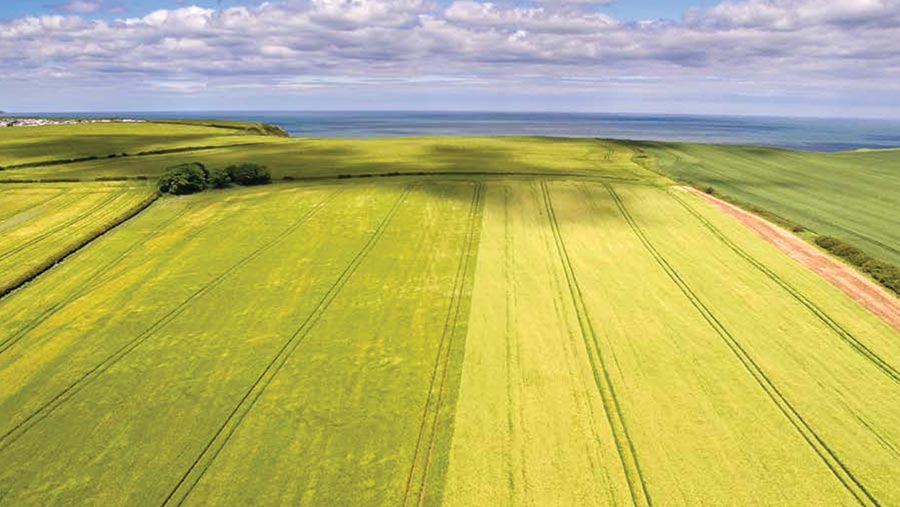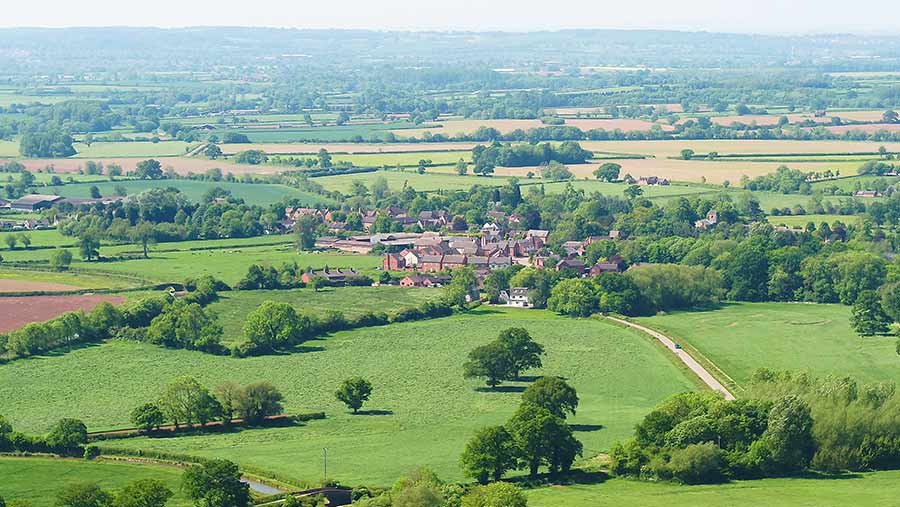Who is buying Britain’s largest farms and for how much?
 Neatham Estate
Neatham Estate The level of interest in the UK’s largest farms and estates is closely linked to their diversity and potential for buyers to add value.
Agents report bidders at the top of the market have become increasingly discerning and – despite not being awash with options – are willing to wait for the right opportunity.
A limited number of rollover buyers and expanding farmers are looking for large blocks to drive economies of scale within their enterprises.
See also: 7 of the biggest farms in the world
But cash from investors and institutions is being directed towards sales with non-agricultural income streams and long-term strategic development appeal.
Some significant farms have been launched across the UK during the past 12 months, with potential investors offered farms ranging from 1,200 to 3,200 acres.
Guide prices topped £31.5m with the launch of the 2,177-acre Sutton Hall Estate, as reported in Farmers Weekly last month.
Good amount of interest
One-third of those advertised in the past year have completed, with negotiations continuing on the rest.
Carter Jonas completed the sale of the £13.5m Shackerstone Estate earlier this year, achieving the guide price.
Firm associate Ben Ainscough, who sold the 1,738-acre portfolio on behalf of the Crown Estate, said there was a good number of enquiries, but the estate’s let farms didn’t suit everyone.

Shackerstone Estate
“We had a number of people contact us after it went under offer to say they are interested in something similar should it become available,” Mr Ainscough said.
“The AHAs in place had further successions to run, so perhaps if there was the prospect of getting those farms back in-hand to improve or develop then there would have been more bidders.
“Buyers are happy to spend the money on quality, but if there is strategic investment appeal then that heightens interest. Buyers are discerning and are holding off for the right thing.”
What do buyers want?
Fisher German associate Richard Gadd said there is greater demand for large estates with diversified income streams because it softens the risk profile in comparison to a bare agricultural unit.
“We’ve seen examples of institutions re-evaluating their risk profiles and considering looking at other investments away from agriculture,” he added.
Mr Gadd said a balanced estate of 1,000-1,500 acres of Grade 2 or Grade 3 arable land, with a modest house and an established non-agricultural income stream would be the perfect fit for today’s market.
“The reason we don’t have anything like this to offer is because if you own an estate like this, you wouldn’t want to sell it,” he said.
Cash is king
Savills director Charlie Paton said most interest in scale was coming from cash buyers from the UK.
“There are glimmers of overseas buyers, but the money is mainly UK based,” he said.
“There are a few large estates on the market at the moment and the buyers are there providing it is priced sensibly and it’s in the right location for them.”
